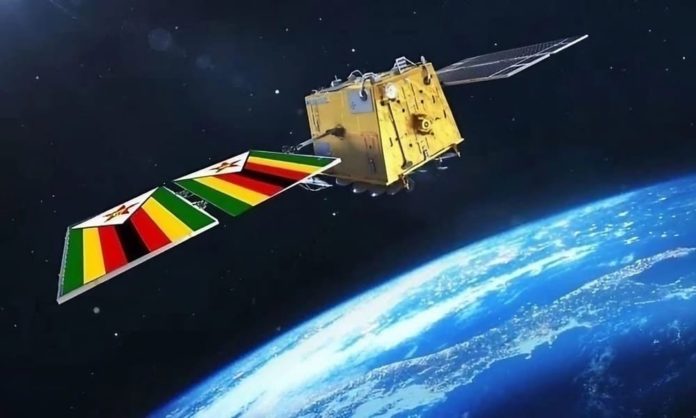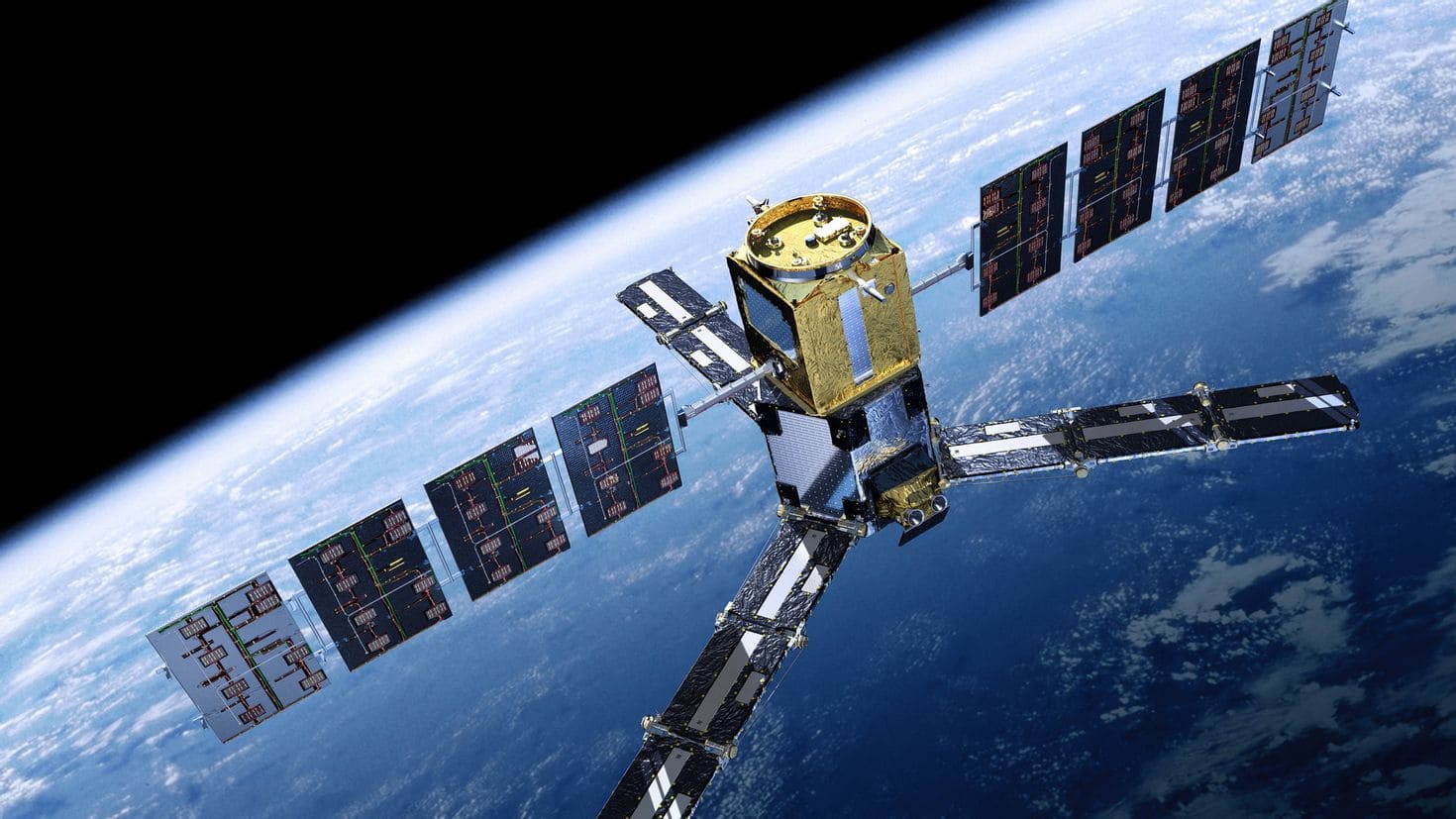– Zimbabwe is scheduled to launch its second satellite, ZimSat-2, by November 2024.
– ZimSat-2 will be equipped with cutting-edge sensors and imaging tools for environmental hazard monitoring, mineral prospecting, drought management, and human settlement analysis.
A source: Space In Africa
Zimbabwe is poised to launch its second Earth Observation Satellite, ZimSat-2, by November 2024, following a successful series of pre-launch tests. This initiative follows the deployment of ZimSat-1 in December 2022, marking another significant milestone in the country’s space program.
Advanced capabilities of ZimSat-2
The satellite is equipped with the most advanced sensors and imaging facilities designed to solve a wide range of tasks. These include monitoring environmental hazards, prospecting for minerals, managing drought conditions, and analyzing human settlements. These capabilities are expected to greatly enhance Zimbabwe’s ability to manage natural resources and respond to environmental challenges.
Launch schedule and preparations
Originally scheduled for a Q2 2024 launch, ZimSat-2’s deployment was delayed to November due to a slight setback. According to Mr. Painos Gweme, coordinator of the Zimbabwe National Geospatial and Space Agency (ZINGSA), the primary payload required additional preparation time. Despite this delay, ZINGSA has ensured all technical requirements are met, and successful pre-launch tests have confirmed ZimSat-2’s readiness for its new launch window later this year.
International collaboration and local development
The ZimSat-2 project is a collaborative effort between Zimbabwe and Japan. This partnership aims to foster local skill development, facilitate technology transfer, and promote the localization of advanced technologies within Zimbabwe. Additionally, the project serves as a crucial platform for enhancing local human capacity. It provides opportunities for Zimbabwean engineers and scientists to engage in the design, manufacturing, testing, and launching of satellites.
Supporting infrastructure and capabilities
In addition to the satellite itself, the ZimSat-2 project includes the establishment of ground stations. These stations will be vital for data uplink and downlink, as well as for the monitoring and control of satellites. This infrastructure is essential for the effective operation of ZimSat-2 and future satellites, ensuring continuous and reliable communication and data exchange.
Impact on Zimbabwe’s technological advancement
The launch of ZimSat-2 is not just a technological achievement but also a significant step toward building Zimbabwe’s capabilities in space technology and geospatial sciences. By engaging in such advanced projects, Zimbabwe is positioning itself as a key player in the regional space industry. The knowledge and experience gained through ZimSat-2 will be invaluable for future satellite missions and technological advancements.
Zimbabwe’s upcoming launch of ZimSat-2 represents a major leap forward in the nation’s space exploration efforts. With its advanced sensors and imaging tools, ZimSat-2 will play a crucial role in environmental monitoring, resource management, and disaster response. The collaboration with Japan underscores the importance of international partnerships in achieving technological progress and enhancing local expertise. As Zimbabwe continues to build its capabilities in space technology, the benefits of such projects will extend far beyond the launch date, contributing to the country’s sustainable development and technological independence.



